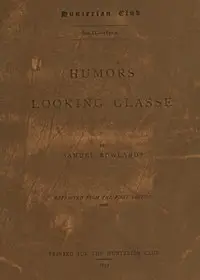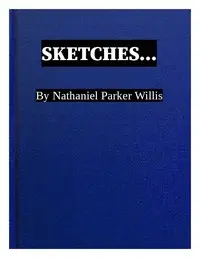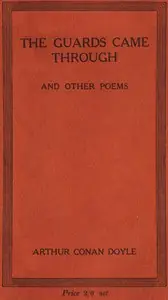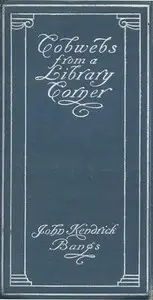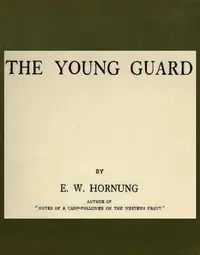"The Bride" by Samuel Rowlands is a dialogue-driven poem penned in the early 1600s that unveils the societal expectations surrounding marriage and womanhood. Through a lively exchange between a bride and hesitant young women, the poem considers the different paths available to women during that period, contrasting the responsibilities and potential happiness of marriage with the perceived freedom and risks of remaining single. The Bride champions the married life, but faces counterarguments from maidens who voice uncertainties about men and the loss of independence. To highlight themes of pride and vulnerability, the poem even alludes to the tale of Merlin's birth. Finally, the Bride underscores the eight crucial responsibilities of wives to build faithful and solid marriages, underlining themes of loyalty and mutual dedication.

The Bride
By Samuel Rowlands
In a time of arranged marriages, a new wife tries to persuade unmarried women of the joys of married life, even as they express their fear about men and a loss of freedom, as told in a series of lively dialogues.
Summary
About the Author
Samuel Rowlands was an English author of pamphlets in prose and verse which reflect the follies and humours of lower middle-class life in his day. He seems to have had no literary reputation at the time, but his work throws much light on the development of popular literature and social life in London, where he spent his life. His contact with the middle and lower classes of society included working in 1600–1615 for William White, and then George Loftus, booksellers, who published Rowlands's pamphlets in this time.
Samuel Rowlands was an English author of pamphlets in prose and verse which reflect the follies and humours of lower middle-class life in his day. He seems to have had no literary reputation at the time, but his work throws much light on the development of popular literature and social life in London, where he spent his life. His contact with the middle and lower classes of society included working in 1600–1615 for William White, and then George Loftus, booksellers, who published Rowlands's pamphlets in this time.

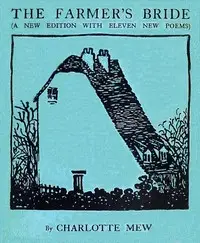

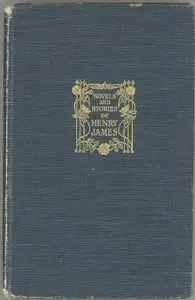
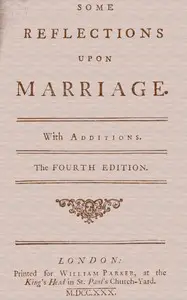

![The Widow [To Say Nothing of the Man] by Helen Rowland](https://cdn.a2-host.cloud/aVMQbJnnpH5OTN54sgqtw_HthakVNP3bErMXGBOaluo/rs:fill:215:325:0/g:ce/aHR0cHM6Ly9zcC1hc3NldHMuczMudXMtd2VzdC0wMDQuYmFja2JsYXplYjIuY29tL2Jvb2svMzIxNTIvVGhlX1dpZG93X1RvX1NheV9Ob3RoaW5nX29mX3RoZV9NYW5fY292ZXIuanBn.webp)


